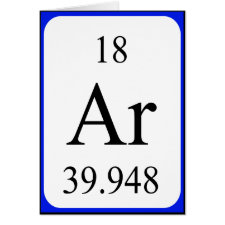
Authors: Florea AM, Sarbu A, Donescu D, Radu AL, Zaharia A, Iordache TV
Article Title: The structure effect upon gallic acid re-binding in molecularly imprinted organosilica.
Publication date: 2015
Journal: Journal of Sol-Gel Science and Technology
Volume: 76
Issue: (3)
Page numbers: 529-541.
DOI: 10.1007/s10971-015-3803-4
Alternative URL: https://www.researchgate.net/publication/280064798_The_structure_effect_upon_gallic_acid_re-binding_in_molecularly_imprinted_organosilica
Abstract: This paper debates the effect of the stabilizer (vinyl benzyl trimethyl ammonium chloride-VBTAC or cetyl trimethyl ammonium chloride-CTAC) and the structure (typical SiO2 matrix or inorganic-organic interpenetrated matrix) influence in molecular imprinting of gallic acid-polyphenol class of templates. For this purpose, gallic acid-imprinted particles were obtained via typical polycondensation sol-gel reactions and via sol-gel/radical polymerization concurrent reactions of tetraethoxy silane (TEOS) and aminopropyl ethoxy silane (APTES) or vinyl triethoxy silane (VTES), respectively. The influence of the mesophase formation and stabilizer nature upon the re-binding of gallic acid was investigated using thermal, infrared and morphology measurements. Adsorption assays of organosilica particles were well correlated with their physical properties. Unlike the polycondensation of TEOS with APTES in the presence of CTAC, concurrent radical polymerization of VBTAC consumed the vinyl functionalities of VTES, decreasing the capacity of VBTAC to mediate the mesophase formation and the capacity of VTES to coordinate template molecules; hence, both the binding capacity and the "memory" effect of the interpenetrated organosilica structure were significantly affected
Template and target information: gallic acid
Author keywords: Organosilica, molecular imprinting, Gallic acid, Re-binding, sol-gel, Interpenetrated structure



Join the Society for Molecular Imprinting

New items RSS feed
Sign-up for e-mail updates:
Choose between receiving an occasional newsletter or more frequent e-mail alerts.
Click here to go to the sign-up page.
Is your name elemental or peptidic? Enter your name and find out by clicking either of the buttons below!
Other products you may like:
 MIPdatabase
MIPdatabase









